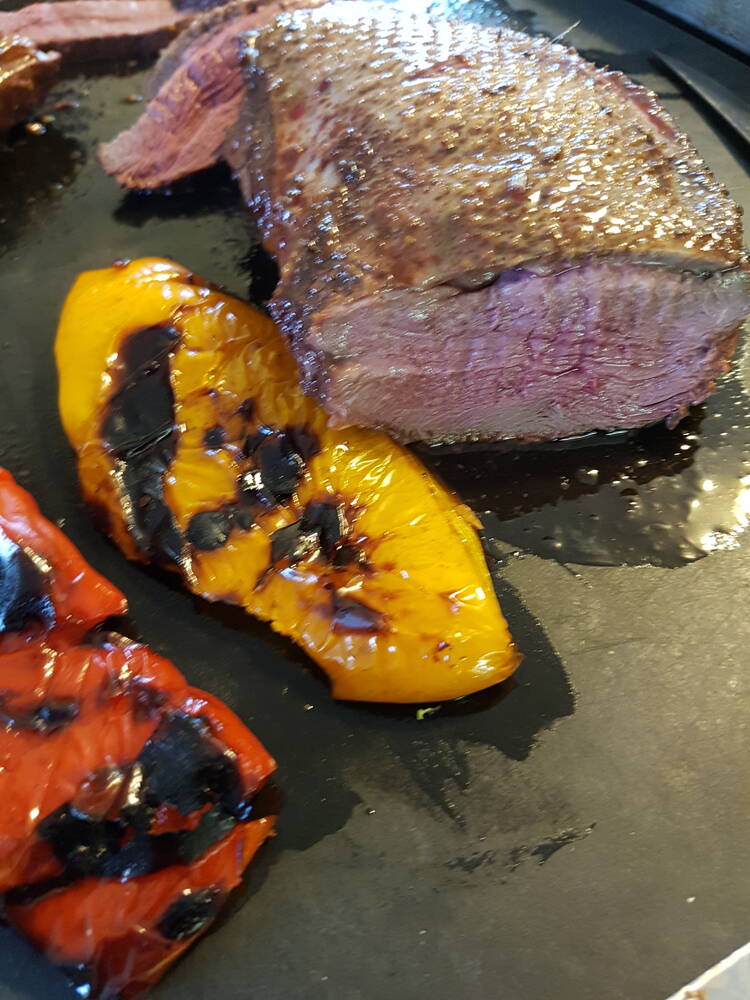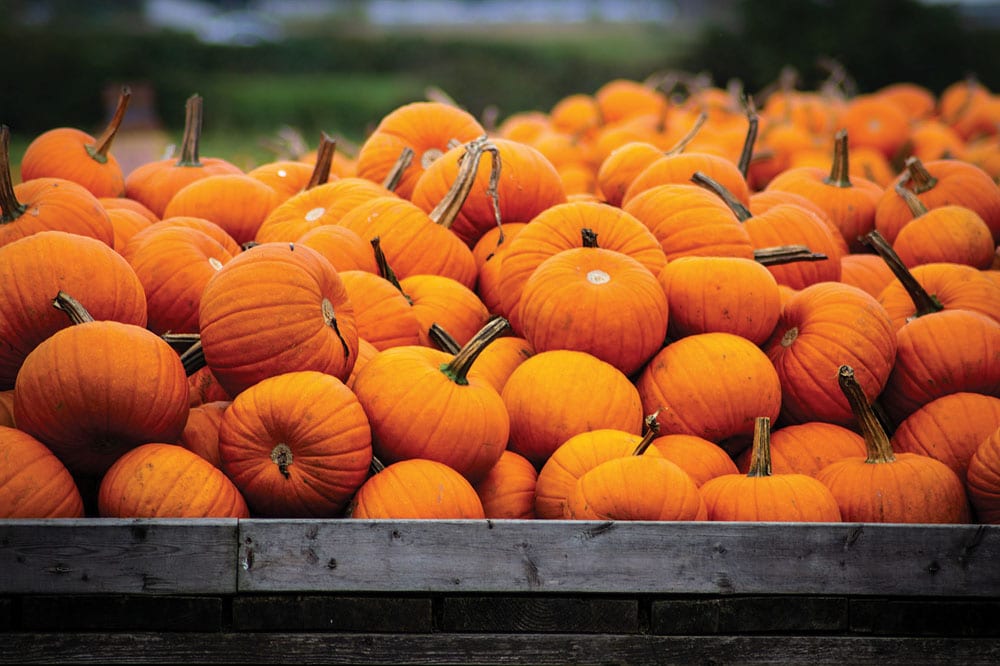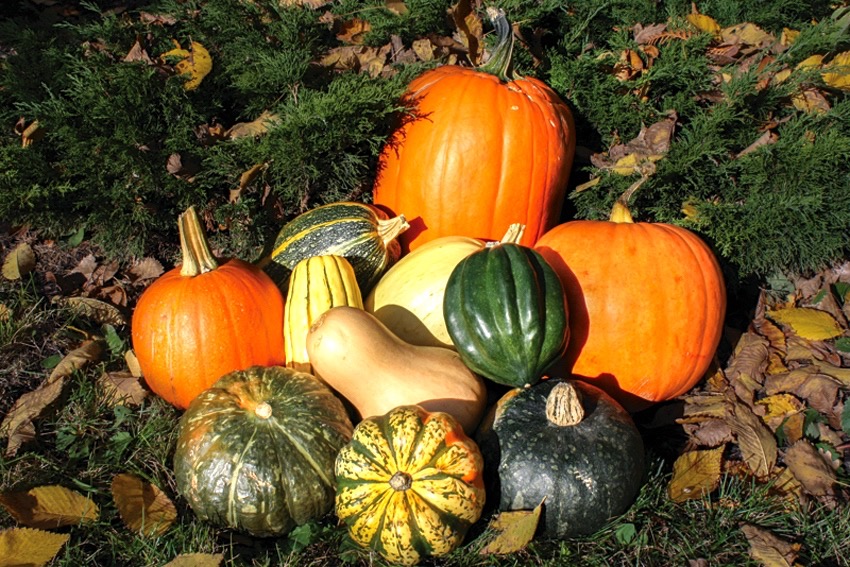It’s pumpkin time again! Whether you think of pumpkins as primarily something to use as a decoration or as a common pie ingredient, or whether you think of them mainly to create jack-o’-lanterns to use at Halloween — it’s that time again.
Classed as a fruit, the pumpkin is indigenous to the Western Hemisphere and has been grown in North America for 5,000 years. Native Americans roasted strips on an open fire, boiled and baked them, and dried the flesh for overwinter use. Dried pumpkin could also be ground into a sort of flour, while the seeds were used as a medicine. Dried shells were used as bowls or storage containers, and strips were also used in making mats. It is believed that Columbus may have taken pumpkin seeds back with him, but early pumpkins grown in Europe were used as food for pigs, not for human consumption.
Read Also

Giant Canada geese have gone wild in Manitoba
Giant Canada geese are seemingly everywhere and can be fine table fare for local hunters, but 70 years ago, they were borderline extinct.
It is said that the present name originated from the Greek word for large melon (pepon), which was changed by French settlers to pompion, and eventually through various English forms to its present name. Early English colonists hollowed out pumpkins and baked them in hot ashes — probably the origin of present-day pumpkin pies. Using puréed pumpkin to make muffins, loaves, cookies and soups originated more recently, as the food values of the pumpkin became known. The flesh is low in calories, fat and sodium, and it is high in fibre. It’s also a good source of potassium, iron, protein, and vitamins A and B.
The early Pilgrims, in present-day east coast U.S., learned about pumpkins from the Native Americans. History records that pumpkins were eaten by Pilgrims — not as a pie, but hollowed out, filled with eggs, cream and honey, and flavoured with spices.
The use of pumpkins today as jack-o’-lanterns has different theories of origin. Most widespread is the belief that it came from an Irish myth about a sneaky fellow called Stingy Jack who, because of his antics, was not allowed into either heaven or hell after his death, and resorted to wandering around with a hollowed-out turnip lit by a burning lump of coal. He became known as “Jack of the Lantern,” shortened to today’s name. The Irish and Scots used turnips or potatoes, with grotesque faces carved into them, to frighten away Stingy Jack or other evil spirits, while the English also used beets. Early settlers brought the jack-o’-lantern tradition to America, but found that pumpkins were easier to carve. Another idea is that they represented souls in purgatory, since Halloween is celebrated just before All Saints’ Day (November 1) and All Souls’ Day (November 2).
Today, pumpkins have become big business for some farmers and gardeners, with people driving out for an afternoon excursion to select one.

In Manitoba, a number of rural towns hold pumpkin celebrations each fall. Teulon’s Pumpkinfest is in late September, with competitions for the largest, best carved and most perfect specimens. Roland holds its Pumpkin Fair in early October with the Great Pumpkin and Vegetable Commonwealth Weigh-Off as one of many attractions. This year’s record-breaking winner, grown by Charlie Bernstrom from Minnesota, weighed an unbelievable 1,753.5 pounds (795 kg). Bernstrom also won last year, while in 2015 and 2016 a teenager from St. Norbert, Milan Lukes, took the championship — with monsters of 1,389 pounds (630 kg) and 1,348 pounds (612 kg). Lukes took third this year, while second prize went to Cornie Banman of Schanzenfeld — a new Manitoba record of 1,522 pounds (690 kg).
While those huge pumpkins may not be suitable for jack-o’-lanterns or pumpkin pies, they are an interesting way to celebrate this colourful and useful fruit.















